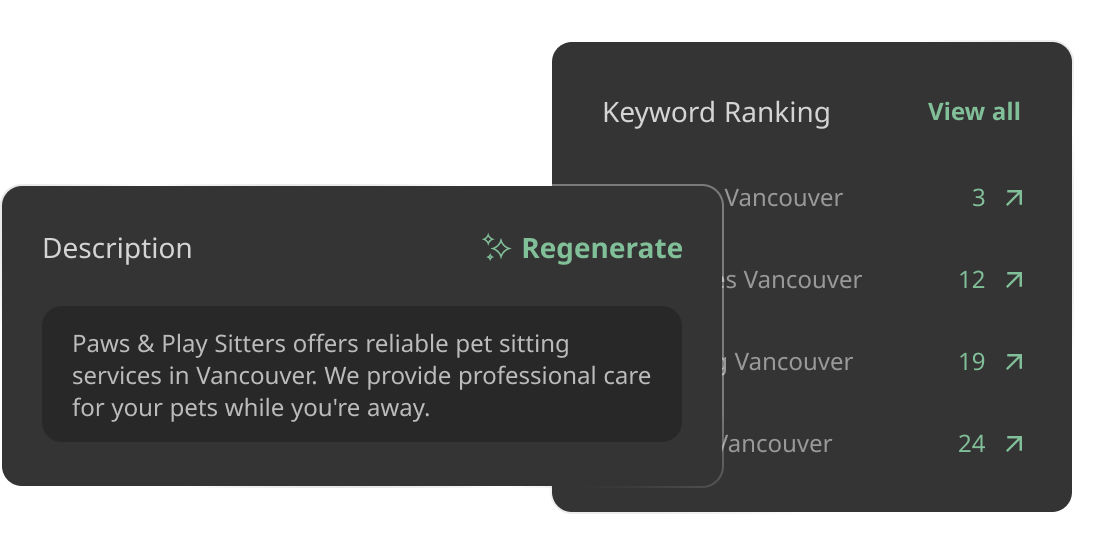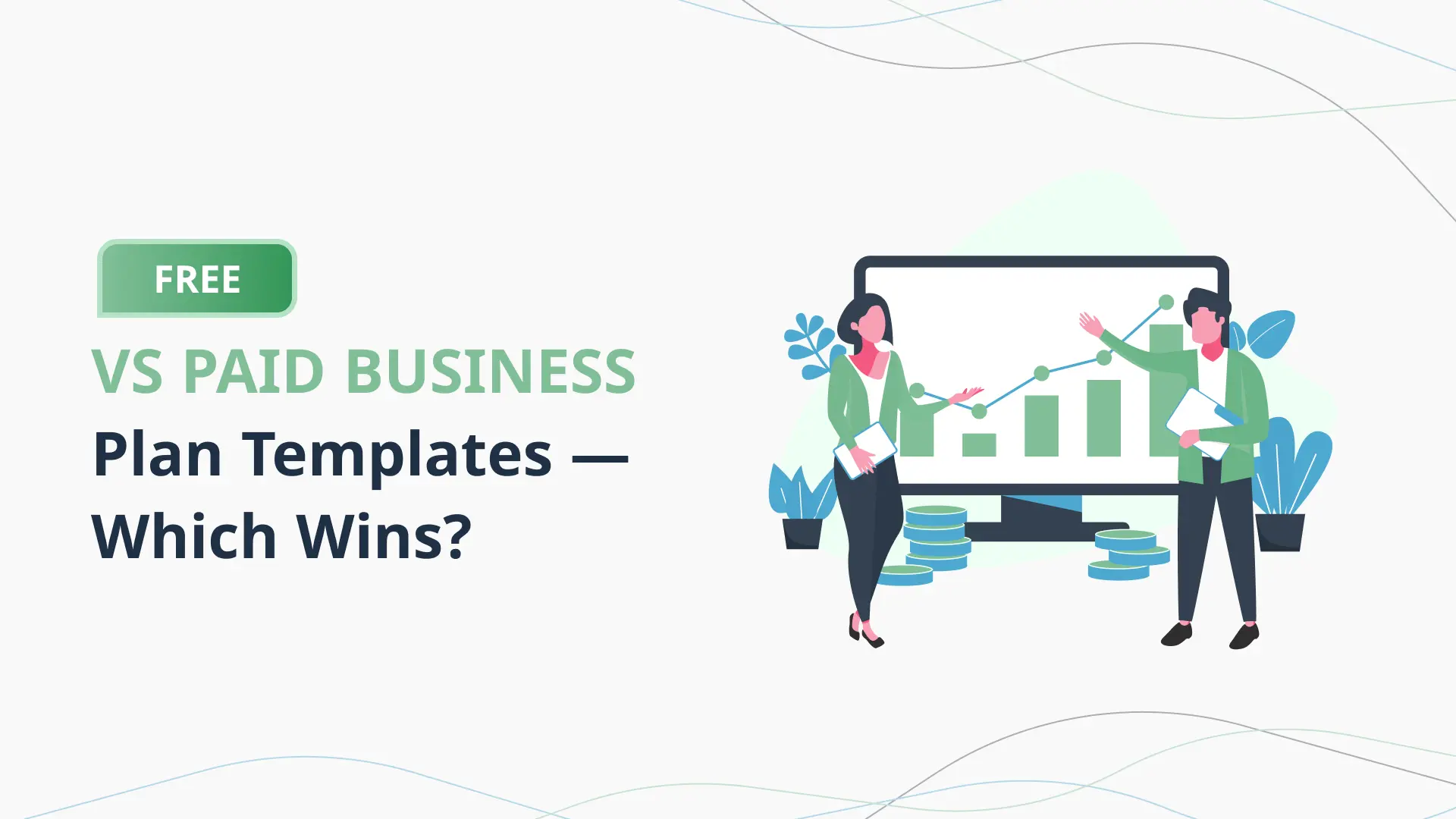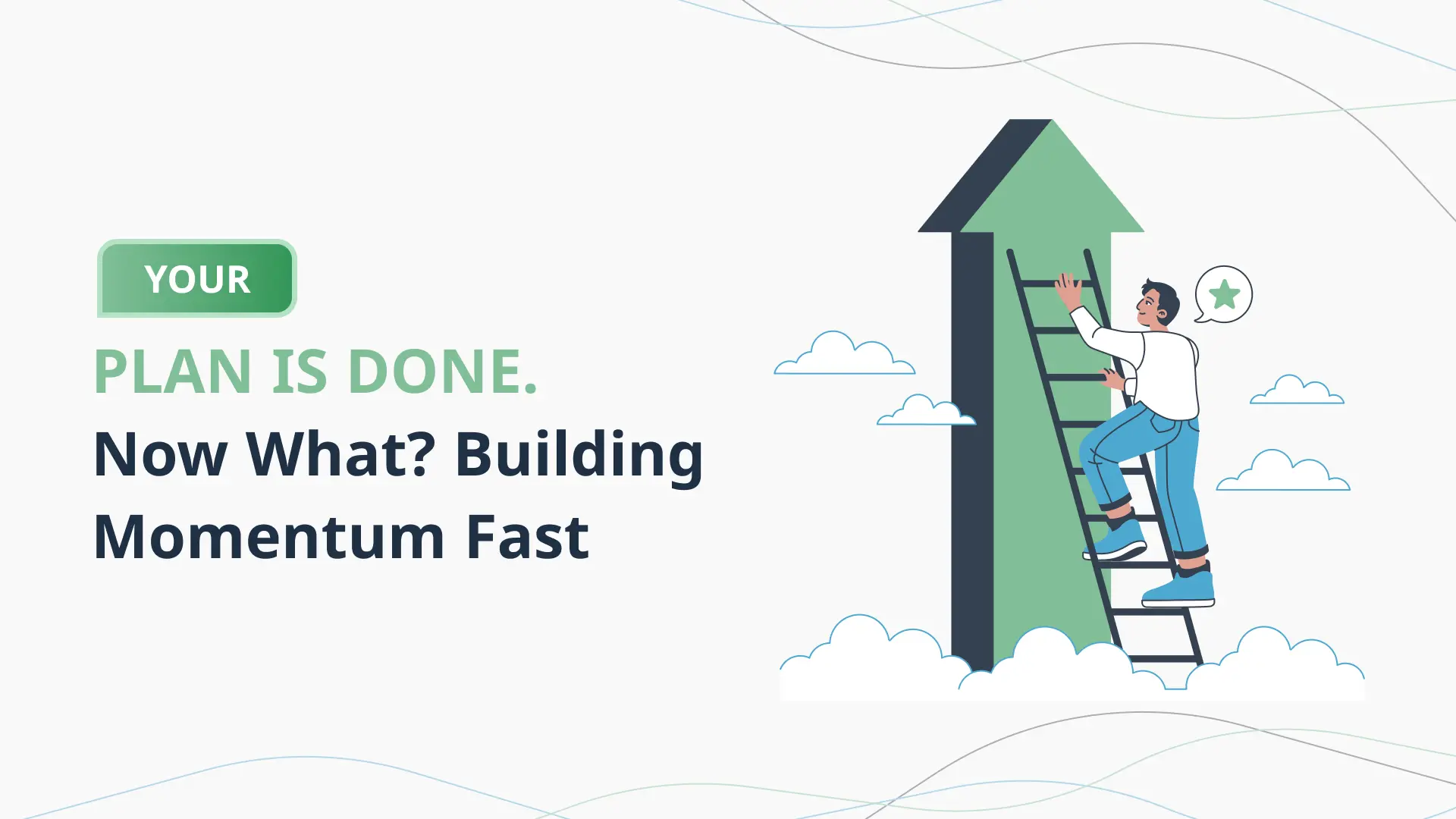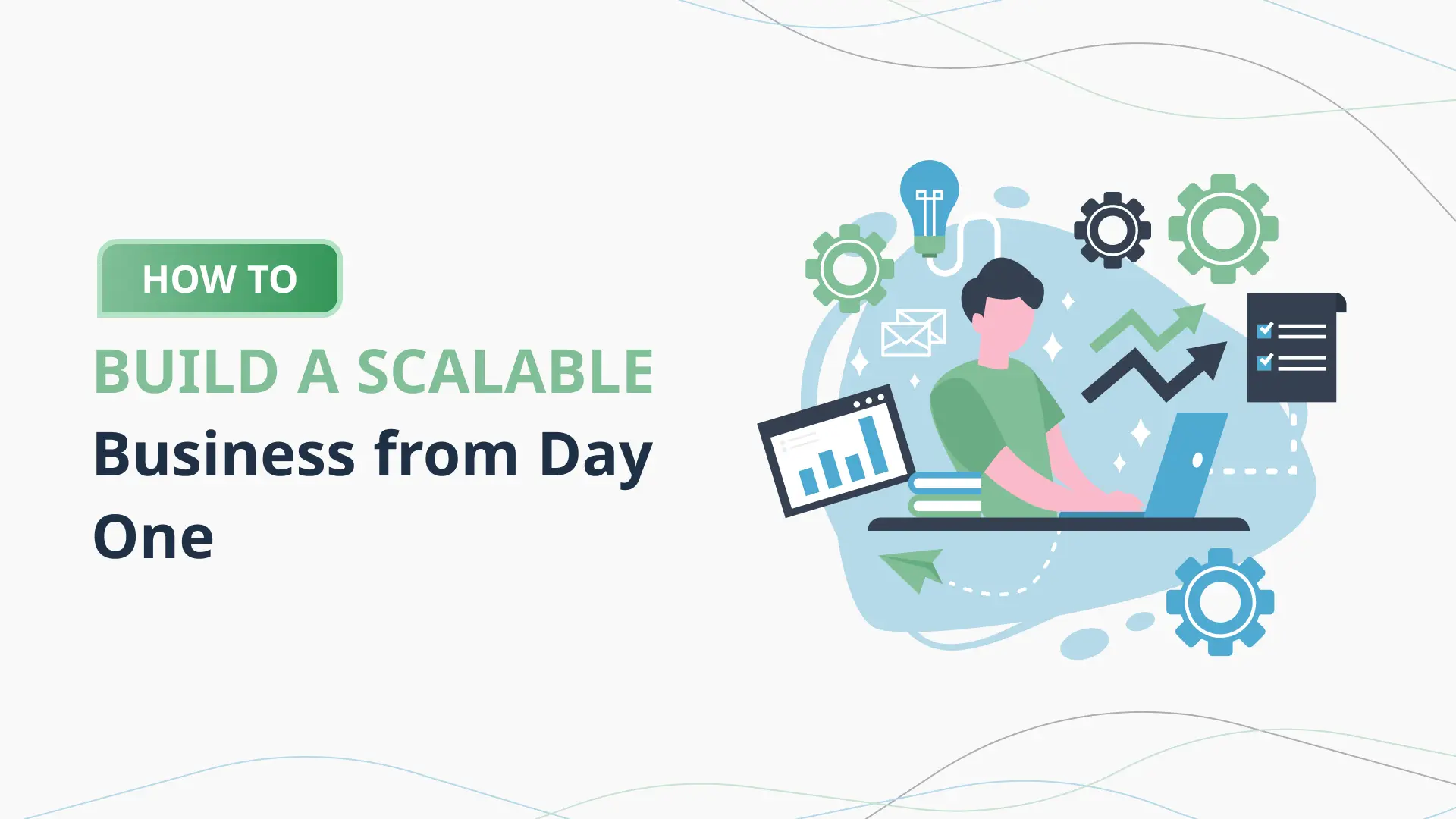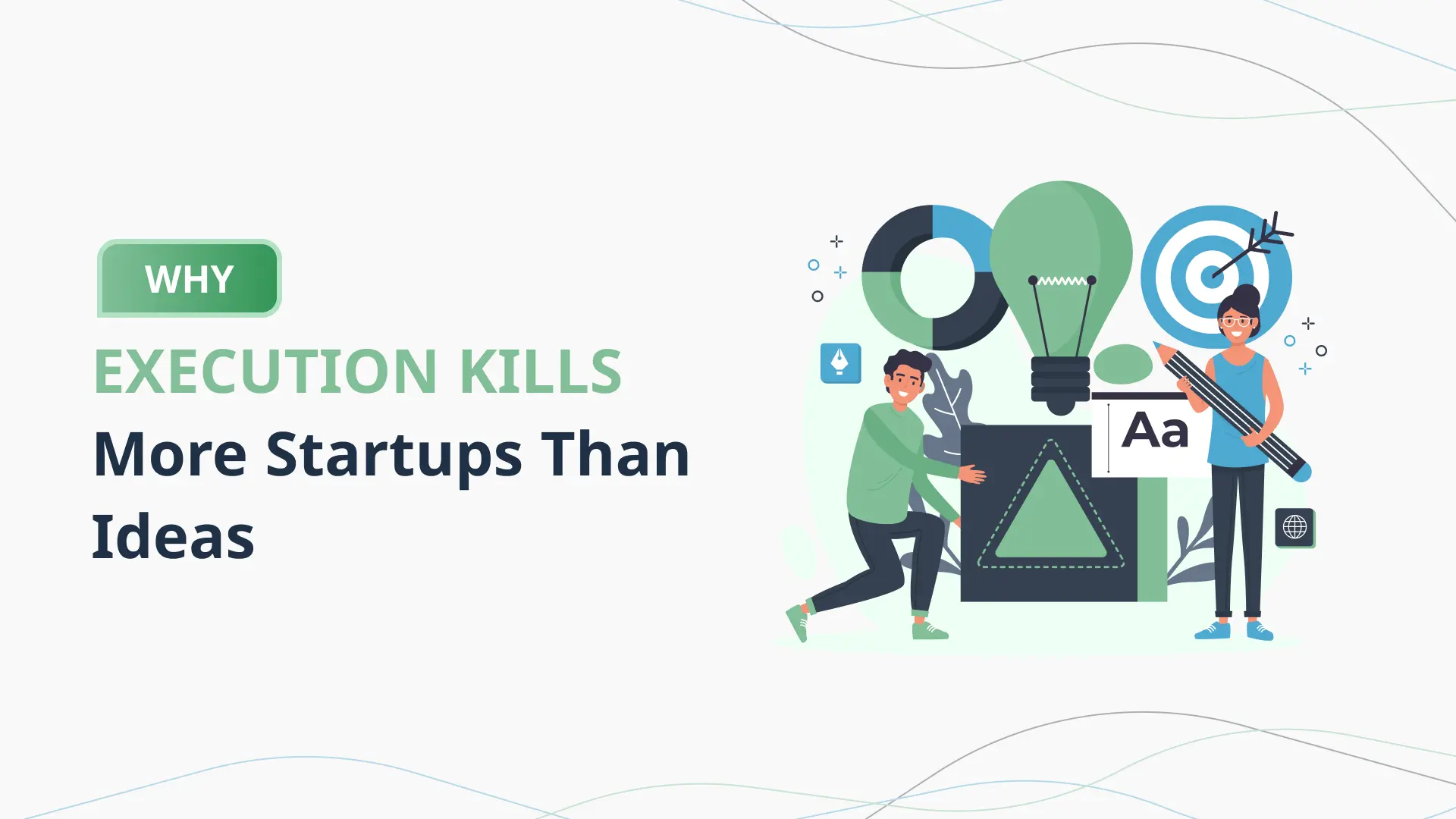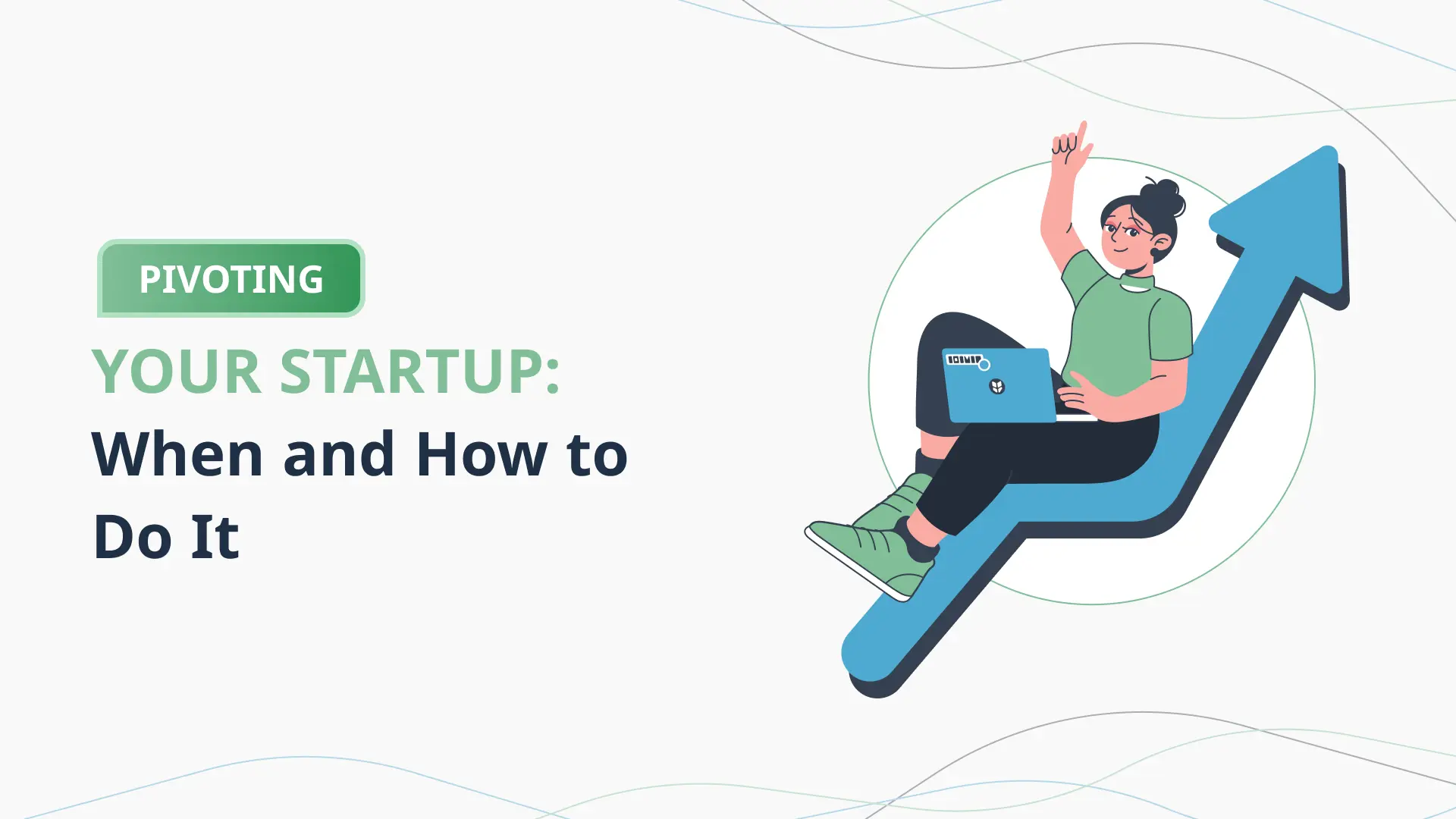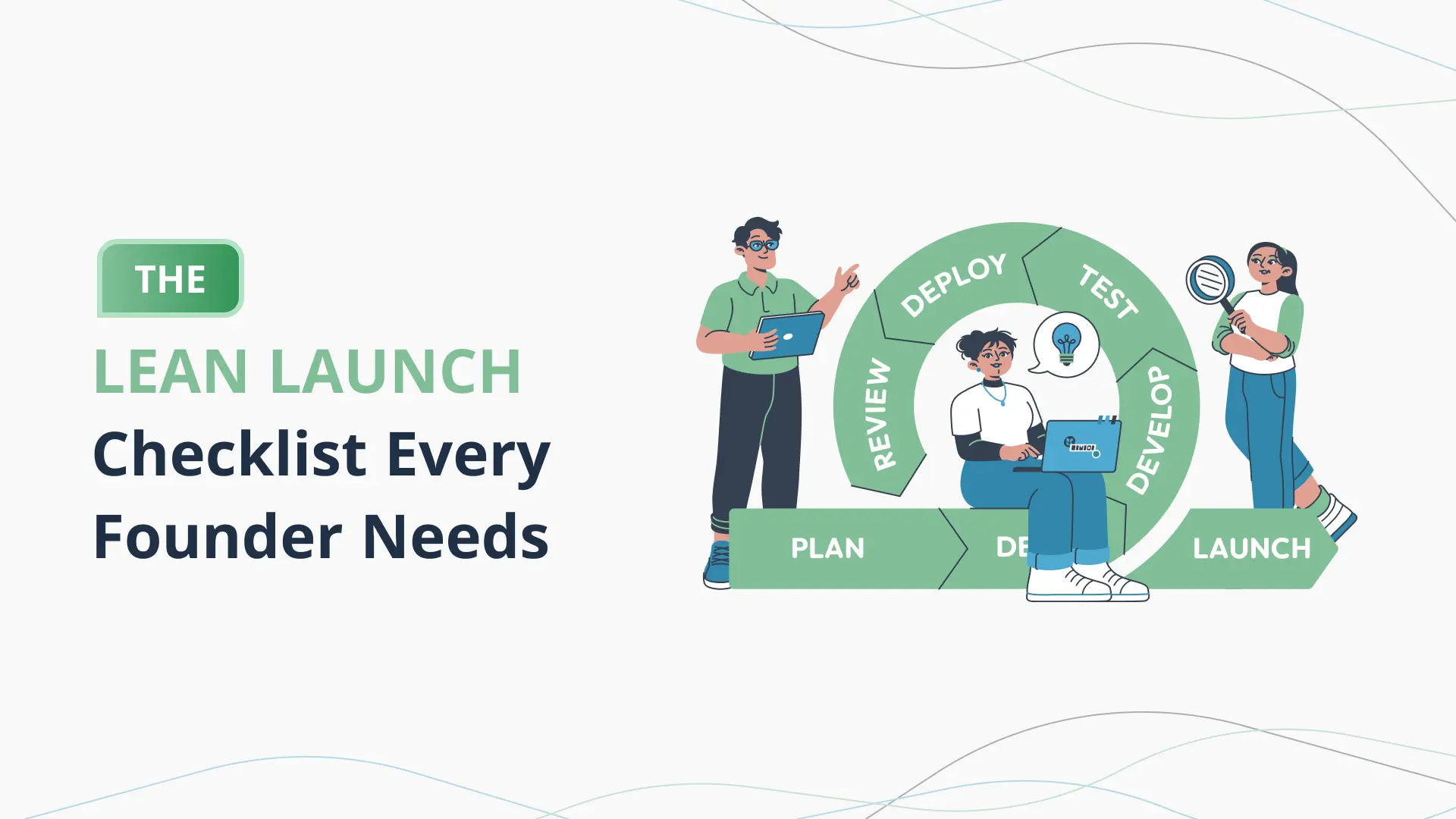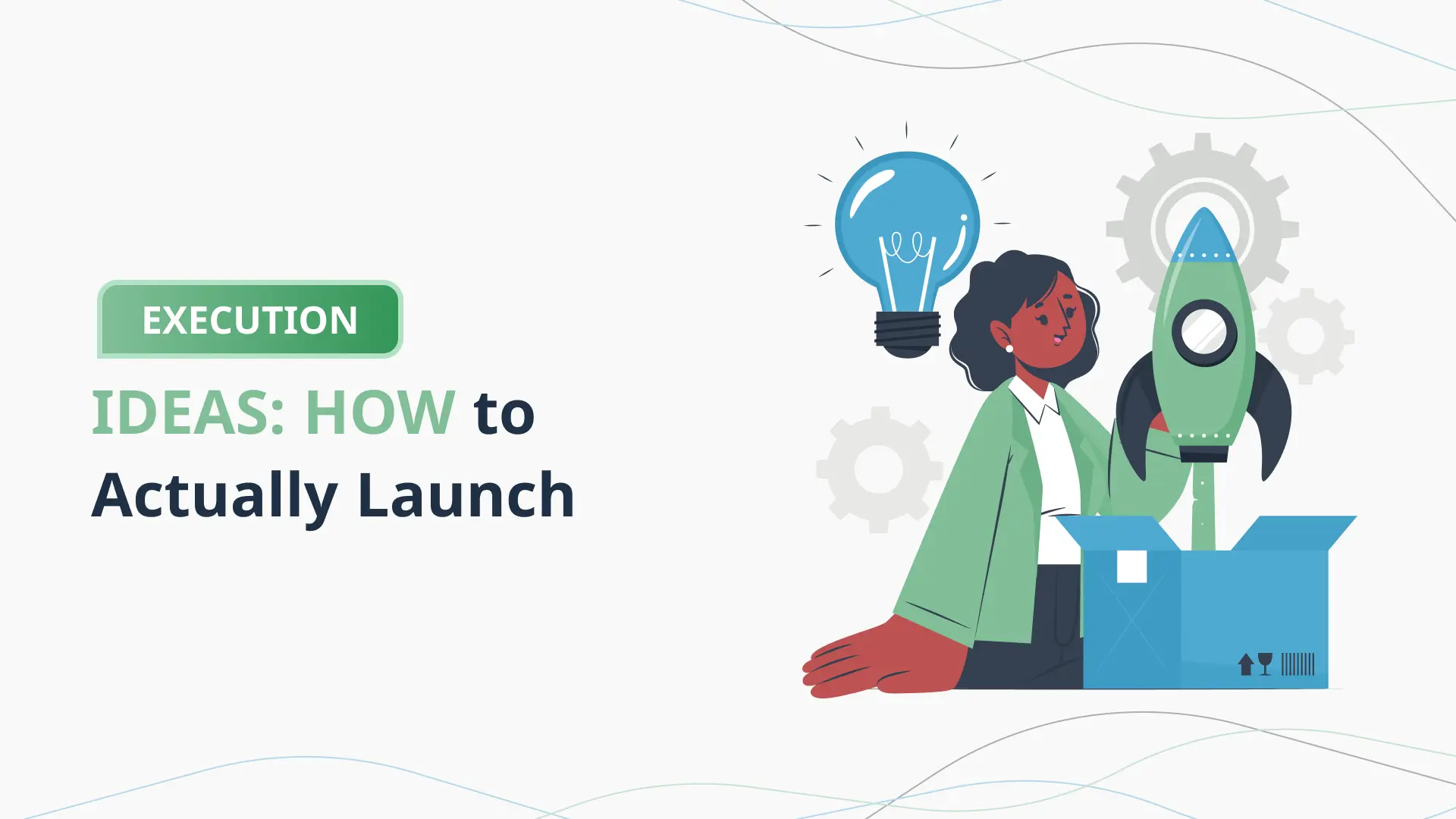How to Turn Your Business Plan Into a Sales Tool
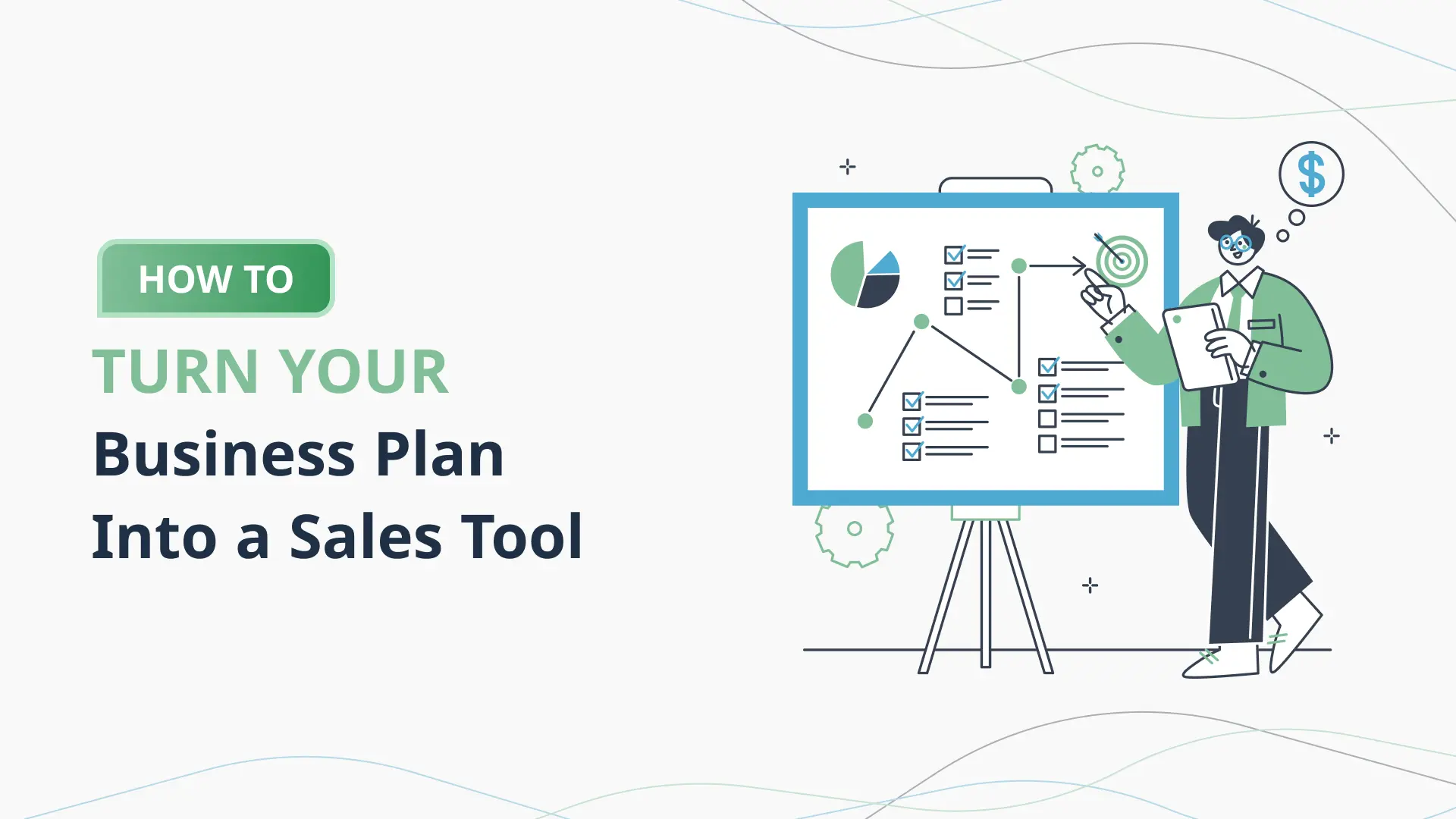
Introduction: Stop Hiding Your Business Plan—Use It to Sell
For most founders, the business plan feels like a checkbox.
You create it because investors expect it, accelerators require it, or mentors nag you about it.
But once it’s done, where does it go?
Into a folder. Forgotten. Until the next pitch or funding round.
And that’s a huge missed opportunity.
Because your business plan isn’t just a document—it can be a powerful sales tool.
Think about it. Your business plan contains the clearest articulation of:
- The problem you solve
- The customers you serve
- The value you deliver
- How you make money
- Why now is the time to act
Sounds like a sales pitch, right?
That’s because it is.
Founders who treat their business plan as an internal-only document miss the chance to use it to drive conversations, close deals, attract partners, and build customer trust.
The best founders turn their business plans into frontline sales weapons—tailoring them to prospects, using them in sales calls, and letting them serve as proof of seriousness.
And guess what?
Investors love seeing founders who use their plans to win real business.
In this post, you’ll learn:
- Why most business plans sit unused—and how to change that
- How to turn your business plan into a sales-enabling asset
- The key sections that sell (and which to skip in sales conversations)
- Common founder mistakes when using business plans as sales tools
- A real-world example of a founder who used their plan to close early customers—and how it helped them raise faster, too
- How PlanVista makes this entire process 10x easier (without extra work)
If you’ve already done the hard work of creating a solid plan, this post will show you how to squeeze more value out of it—turning it from a static doc into a dynamic sales asset.
Why Most Founders Ignore Their Business Plan After Writing It (And Why That’s a Mistake)
Let’s be honest—once most founders finish their business plan, they breathe a sigh of relief, file it away, and never look at it again until someone asks for it.
And that’s where the problem starts.
The business plan is often treated as a fundraising document only. Something you create to satisfy investors, accelerators, or grant applications. It becomes a static PDF—polished, over-edited, and disconnected from day-to-day operations.
But here’s the reality:
Your business plan is more than an internal document. It’s a strategic sales asset hiding in plain sight.
Why Founders Ignore It
1. Built for Investors, Not for Action
Many business plans are written with investors in mind. They’re packed with market analysis, financial projections, and team bios—but they’re not written in a way that makes sense for customers or partners. As a result, they feel stiff, formal, and disconnected from the frontline of the business.
2. Overly Detailed and Bloated
Because founders often follow rigid templates or get stuck in the “more is better” trap, most business plans end up bloated. They include every piece of data imaginable, making them overwhelming for sales conversations, where clarity and simplicity win.
3. Treated as a One-Time Task
Many founders see the business plan as a startup requirement—like setting up an LLC or opening a bank account. Once it’s done, it’s done. But in reality, your business plan should evolve alongside your startup—and be a living document that fuels your sales, marketing, and growth.
Why That’s a Mistake
Ignoring your business plan after writing it is a missed opportunity—especially in your early days.
Because your business plan:
- Contains your best articulation of your value proposition
- Proves you understand your customer’s pain point and your unique solution
- Outlines your go-to-market strategy, pricing, and positioning
- Shows you’ve done your homework on the market, competitors, and customer segments
In other words—it’s everything your early customers, partners, and allies need to hear.
When you pull the right elements from your plan into your sales conversations, you don’t just pitch—you show clarity, credibility, and confidence.
You show prospects that you’re serious, that you understand the landscape, and that your company is built on more than just ideas—it’s built on strategy.
The Mindset Shift Founders Need
Here’s the shift:
Your business plan isn’t a static, investor-only doc.
It’s a foundational sales tool—if you use it that way.
Smart founders repurpose their business plans into:
- Sales one-pagers
- Customer-facing pitch decks
- Partnership proposals
- Proof points in cold outreach emails
And they keep it updated—not just for investors, but for sales conversations, demos, and customer onboarding.
How to Turn Your Business Plan into a Sales Tool (Step by Step)
So, how do you take that dense business plan sitting on your drive and turn it into a lean, powerful sales asset?
It’s easier than you think—but it requires a shift in how you view your plan.
Think of it less as a report and more as your best first sales script.
Here’s the step-by-step process to make that transformation.
Step 1: Strip It Down to the Essentials
Your business plan likely contains sections that matter to investors (like financial models and long-term forecasts) but overwhelm prospects.
For sales conversations, strip it down to the parts that build trust and drive urgency, including:
- Problem and Pain Point: Lead with the customer pain you’re solving.
- Solution Overview: Highlight how your product or service addresses the pain.
- Value Proposition: What makes your solution uniquely valuable to this specific customer?
- Proof of Traction: Early results, customer stories, data, or testimonials.
- Pricing and Business Model: How it works and what it costs (if appropriate for the conversation).
- Go-to-Market Approach (Optional for partners): How you’re reaching the market—helps partners see how you’ll create demand.
Everything else? Keep it in the background unless prospects ask.
Step 2: Turn Sections into Sales-Ready Assets
Once you’ve stripped down your plan:
- Create a sales one-pager: A concise, visual summary of the pain, solution, and proof.
- Update your pitch deck to mirror your plan’s best messaging: Consistency builds trust.
- Use snippets of your plan in outreach emails or sales collateral: Your value proposition and traction stats make great cold email content.
Tip: Tools like PlanVista make it easy to export your business plan into one-pagers, pitch decks, and customer-facing docs without starting from scratch.
Step 3: Use the Plan as a Sales Confidence Booster
Even if you’re not sharing the full plan, use it as your internal sales bible:
- When onboarding new sales hires.
- To align your team on messaging and positioning.
- To prepare for sales calls and demos.
Founders who walk into sales conversations armed with clear, data-backed talking points from their plan sound more credible—and close faster.
Step 4: Update It Regularly with Sales Insights
Your business plan isn’t static.
Feed your learnings from sales conversations back into your plan:
- What messaging resonates?
- Which pain points are prospects mentioning most?
- What objections keep coming up?
A living business plan that evolves with customer insights becomes a more effective sales tool over time.
Which Parts of Your Plan Actually Sell (And Which to Skip)
Not all sections of your business plan are created equal—especially when it comes to sales conversations.
If you’re trying to close deals, win early customers, or convince strategic partners, you need to lead with the parts of your plan that create urgency, build trust, and make your value undeniable.
Let’s break it down.
The Sections That Sell (Always Lead with These)
1. Problem Statement
Your customer doesn’t care about your tech stack or five-year projections.
They care about their pain.
Start with the pain point your customer is feeling right now.
Frame it in their language, not yours.
If you can make them nod their head and say, “That’s exactly my problem,” you’ve won half the battle.
2. Solution Overview (with Clear Value Prop)
Right after the problem comes your solution—explained simply, without jargon.
Focus on the outcomes your product delivers, not just features.
- Does it save them time?
- Make them money?
- Eliminate risk?
Connect your solution directly to the pain you just described.
3. Proof of Traction
Prospects trust proof over promises.
Include:
- Early customer wins
- Testimonials
- Data points (e.g., “Cut invoice processing time by 60%”)
- Pilot results
Even if you’re pre-revenue, show social proof, pilots, or customer quotes to build credibility.
4. Business Model (Only When Relevant)
If your prospect needs to understand how your pricing works to make a decision (e.g., in B2B sales), include a simple explanation of your model and pricing.
Keep it clean—avoid complex financial projections unless requested.
5. Go-to-Market (For Partners Only)
For channel partners or resellers, show your go-to-market strategy.
It helps them see how you’ll create demand they can benefit from.
For direct customers? Skip it. They care about their pain, not your marketing plan.
The Sections to Skip in Sales Conversations (Unless Asked)
Executive Summary
Too generic. Your customer wants to know how you help them—skip the company history.
Market Sizing and TAM
Your prospect doesn’t care how big the market is. They care about their problem, today.
Team Bios
Unless your team’s background is critical to trust (e.g., regulatory industries), skip the bios in sales talks. Let your product speak first.
Detailed Financial Forecasts
Your customers don’t care about your five-year revenue model. Keep those for investor decks.
Risk Analysis
This is for internal use and investors—not customers.
Common Mistakes Founders Make When Using Business Plans as Sales Tools
While turning your business plan into a sales tool can be a game-changer, many founders stumble when trying to do it.
They either overwhelm prospects with too much detail or miss the chance to use the plan as a strategic conversation starter.
Here are the most common mistakes founders make—and how you can avoid them.
Mistake 1: Dumping the Entire Plan on Prospects
This is the fastest way to lose attention.
Your full business plan is packed with details investors might want, but your prospects don’t. Sending the entire document—especially as a PDF attachment—makes you look like you don’t understand their priorities.
Fix:
Create a sales-friendly one-pager or slide deck that pulls only the most relevant points. Keep it clean, focused, and customer-centered.
Mistake 2: Leading with Financial Projections
Your prospect isn’t an investor—they’re a buyer. Leading with financials like revenue forecasts, market share goals, or exit strategies is a disconnect. It makes the conversation feel investor-focused, not customer-focused.
Fix:
Lead with the problem, solution, and value proposition. Keep financials in your back pocket for when prospects ask about pricing.
Mistake 3: Using Investor Jargon in Sales Conversations
Terms like TAM, CAC, LTV, and runway make sense in investor meetings but can confuse or alienate prospects. Customers want to know how you’ll help them—not your startup metrics.
Fix:
Use plain, benefit-driven language that focuses on the customer’s outcome, not your internal KPIs.
Mistake 4: Not Customizing the Plan for Different Audiences
Sending the same business plan to a potential partner, customer, and investor? That’s a recipe for irrelevance.
Fix:
Tailor your plan’s key messaging depending on who you’re talking to. For customers, focus on pain points and benefits. For partners, highlight your go-to-market and demand generation strategy.
Mistake 5: Treating the Plan as Static (Instead of Dynamic)
Many founders write the plan once and never update it. But markets change. Messaging evolves. What resonated six months ago might not land today.
Fix:
Use your plan as a living document. Review and refine it based on real sales conversations, customer objections, and what’s working in the field.
Mistake 6: Failing to Use the Plan to Build Trust
Your business plan can be a powerful trust-builder—but only if you use it strategically. Many founders miss the chance to showcase their understanding of the market, competitors, and customer challenges.
Fix:
Use snippets from your plan as conversation fuel—a stat here, a case study there. Make your plan an asset, not a barrier.
Real-World Example—How One Founder Used Their Plan to Win Customers and Investors
Let’s move beyond theory and show how this strategy works in the real world.
Meet Jason, Founder of FleetFix
Jason founded FleetFix, a SaaS platform designed to help logistics companies automate fleet maintenance tracking.
He had early traction with a beta product and a few pilot users.
But when he started pitching larger logistics companies, he hit a wall.
They weren’t convinced his startup was credible enough.
They didn’t trust that a small startup could handle their complex, high-stakes needs.
And while Jason had a solid business plan, he wasn’t using it in sales conversations.
The Problem: Lack of Credibility with Enterprise Prospects
Jason’s pitch was focused on demos and feature walkthroughs.
But his prospects were risk-averse operations managers who cared more about:
- ROI
- Downtime reduction
- Proof of reliability
They needed to see not just the product—but the plan behind it.
The Shift: Using His Business Plan as a Sales Trust Builder
After some tough feedback from prospects, Jason realized he needed to build more trust early in the conversation.
So, he revisited his business plan and pulled out key sections that mattered to his target customers:
- The problem statement, with hard data on how much downtime costs logistics companies annually.
- His solution overview, framed in the language of efficiency and cost savings.
- Proof of traction, highlighting pilot customers and early results.
- His go-to-market strategy, showing prospects that his company wasn’t a side project—it had a plan to scale and support large fleets.
Jason created a sales-focused one-pager and a custom deck that blended the key parts of his business plan into his sales pitch.
He also used snippets from his plan in follow-up emails, showing prospects his deep understanding of their industry and the roadmap for how FleetFix would support them long-term.
The Result: More Sales, Faster Fundraising
By using his plan as a sales tool, Jason:
- Shortened his sales cycle—prospects said they felt more confident in his startup’s staying power.
- Landed three key enterprise customers who had previously stalled in the sales process.
- Used the same materials to impress investors—showing that FleetFix wasn’t just building a product, but had a repeatable go-to-market engine that customers trusted.
Within six months, Jason closed $500K in seed funding and secured annual contracts worth over $350K in ARR.
The Lesson
Jason’s breakthrough wasn’t a new product feature.
It was reframing his business plan as a proof of credibility, trust, and readiness.
He stopped treating his plan as an internal doc—and started using it as a frontline sales tool that helped him win deals and investors simultaneously.
How PlanVista Helps You Turn Your Plan Into a Sales Asset
You don’t need to reinvent your business plan to make it sales-ready.
But you do need a tool that lets you move fast, stay flexible, and create customer-facing versions without extra effort.
That’s exactly where PlanVista comes in.
PlanVista isn’t just a business planning platform—it’s designed to help founders create plans that double as investor decks, sales one-pagers, and customer trust builders.
Here’s how it helps founders turn their business plans into frontline sales tools.
1. Built-in Sales-Friendly Templates
PlanVista lets you create your standard business plan—but it also gives you pre-built, customer-facing templates:
- One-pagers that focus on pain, solution, and proof.
- Partnership proposal templates.
- Sales-friendly decks that mirror your plan’s key messaging.
You don’t have to build these from scratch.
Just enter your core details once, and export into multiple formats ready for sales conversations.
2. Easy Customization for Different Audiences
Your investors, customers, and partners don’t need to see the same plan.
PlanVista lets you:
- Clone your plan and tailor it for sales.
- Remove or hide sections (like financial projections) that aren’t relevant to customers.
- Quickly create variations based on vertical, customer segment, or deal size.
This lets you stay efficient—while giving each audience exactly what they need to say “yes.”
3. Smart Prompts That Focus on Customer Language
PlanVista’s prompts and section guides are designed to help founders write in customer-centric language—not investor jargon.
It helps you reframe:
- Problem statements in customer pain terms.
- Solutions as outcomes, not feature lists.
- Proof points that build credibility fast.
No more guessing what resonates.
PlanVista helps you write for the person sitting across the table—whether it’s an investor or a potential buyer.
4. Built-in Traction and Proof Snippets
PlanVista encourages you to highlight traction, customer wins, and early proof throughout your plan.
That way, when you export to a sales format, your social proof is front and center—without extra editing.
5. One-Click Export for Sales Collateral
When you’re done, PlanVista lets you:
- Export your business plan into clean, branded PDFs.
- Generate custom one-pagers or decks ready for sales outreach.
- Share links or attach your plan directly into emails, proposals, or demo calls.
No formatting headaches.
No design tools needed.
Just fast, frictionless sales assets that evolve as your business does.
Bottom Line
Turning your business plan into a sales asset doesn’t have to be a separate project.
With PlanVista, it’s baked into your process from day one.
You build the plan once—then use it everywhere.
Conclusion: Stop Filing It Away—Start Using It to Sell Smarter
For too long, business plans have been treated as investor-only documents—something to be polished, printed, and filed away until the next funding round.
But the smartest founders flip that mindset.
They use their business plans as living, breathing sales assets that help them:
- Win early customers faster.
- Build trust in every sales call.
- Close key partnerships with clarity.
- Show investors they’re not just builders—but operators who know how to sell.
Your business plan isn’t just a document.
It’s your first, best sales script.
It’s the clearest articulation of why your solution matters, why now is the time to act, and why you’re the right team to deliver.
When you stop hiding it in a folder and start using it in your sales process, you:
- Build credibility with prospects.
- Shorten your sales cycle.
- Turn “I’m not sure” into “This looks solid—what’s the next step?
Use Tools That Make This Effortless
You don’t have to rewrite your business plan from scratch to make it sales-ready.
With platforms like PlanVista, you can:
- Create your investor-ready plan once.
- Instantly generate sales one-pagers, decks, and proposals from the same content.
- Keep everything updated and consistent—whether you’re talking to investors, customers, or partners.
PlanVista gives you the flexibility to move fast, tailor your message, and show up in every conversation looking prepared, professional, and customer-centric.
Final Takeaway
Founders who survive and thrive in competitive markets aren’t just the ones with the best products.
They’re the ones who sell the clearest vision—and back it up with a plan that builds trust.
If you’re serious about winning more deals, securing more partnerships, and closing funding faster, don’t let your business plan gather dust.
FAQs
PlanVista is a business planning tool that helps founders create investor-ready plans, sales assets, and financial projections.
Yes—PlanVista lets you turn your business plan into customer-facing one-pagers, decks, and proposals.
Absolutely—PlanVista includes built-in tools to generate clear revenue, burn rate, and cash flow projections.
Yes—PlanVista is built for idea-stage, pre-seed, and seed-stage founders who want to move fast and stay investor-ready.
Yes—start using PlanVista for free with no credit card required.
